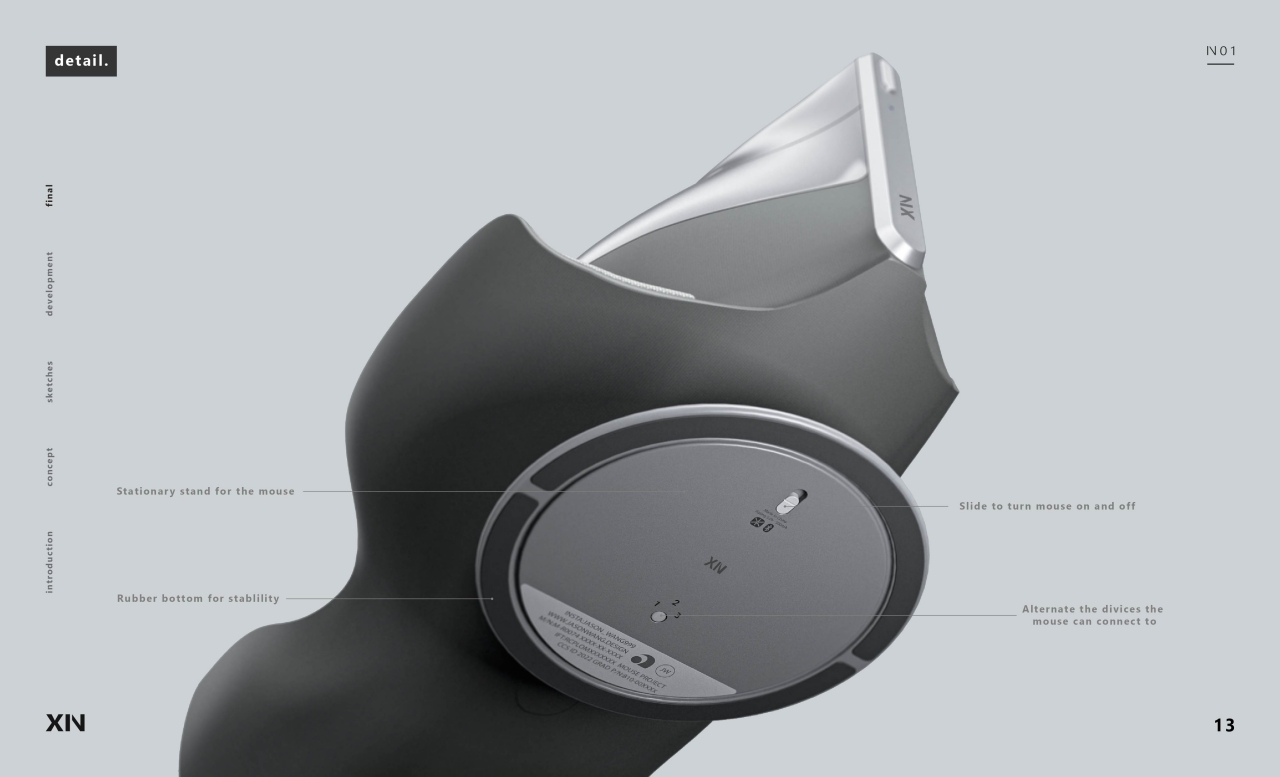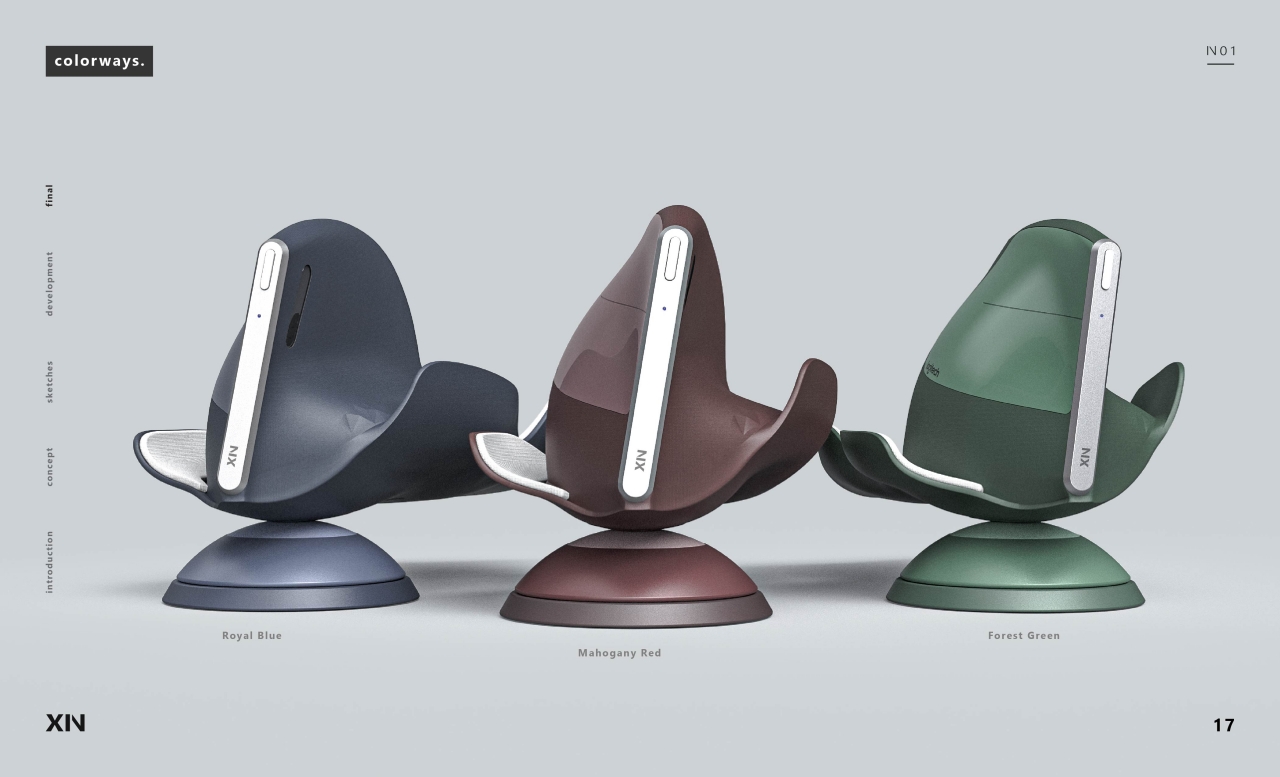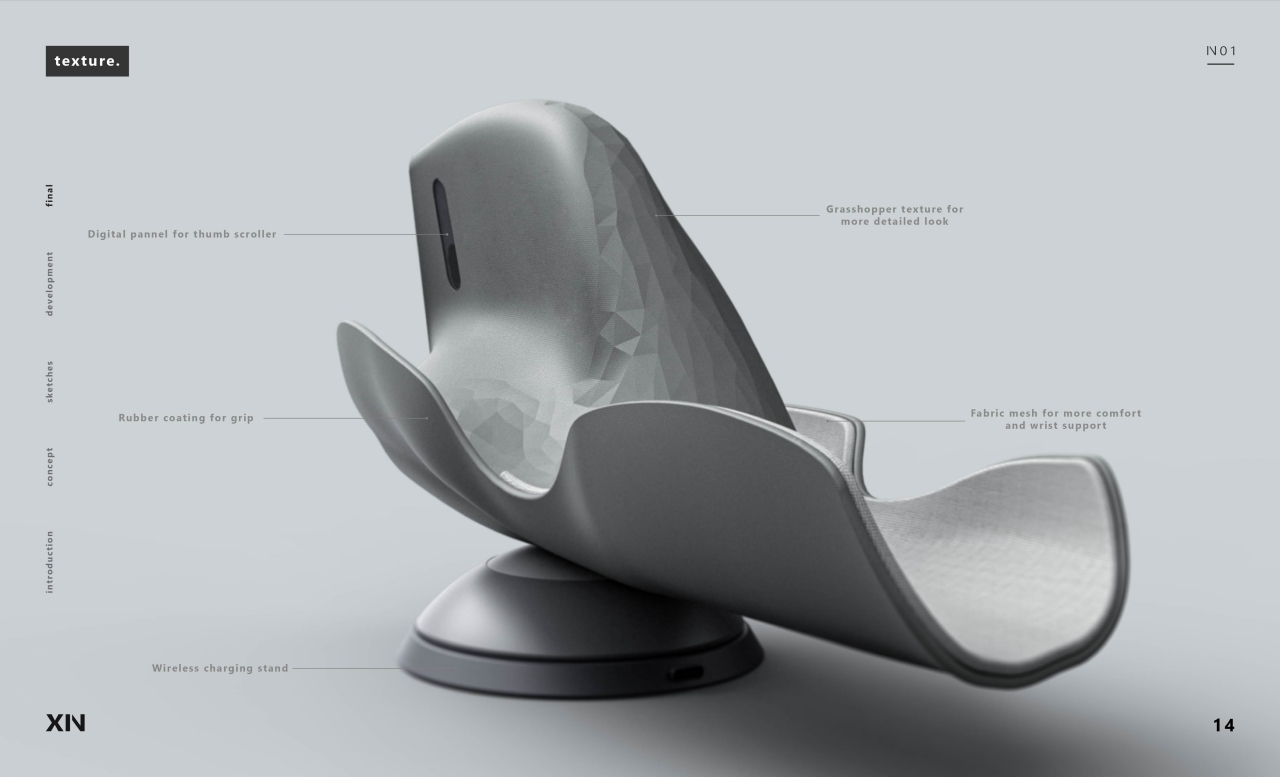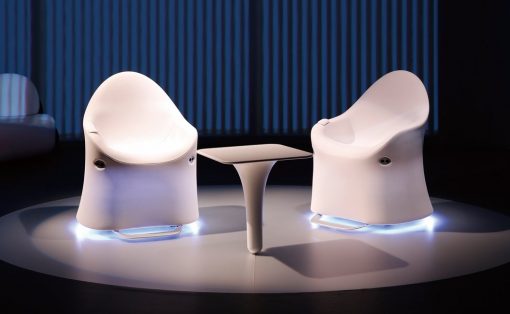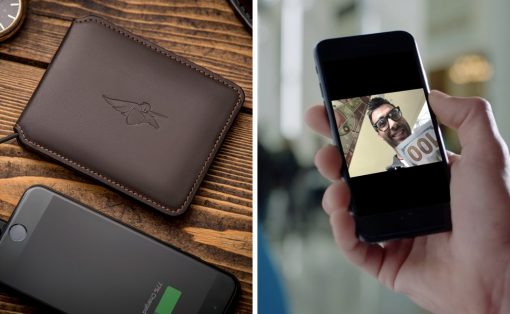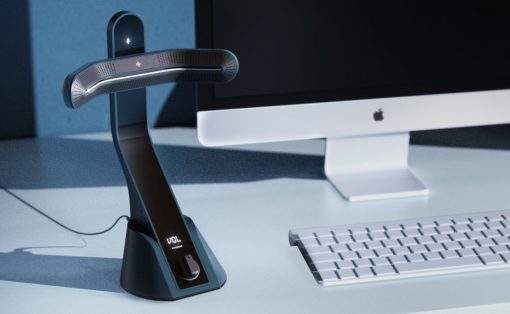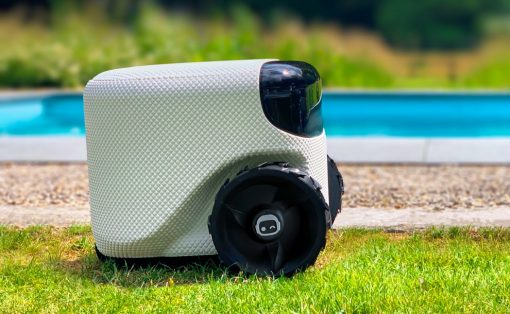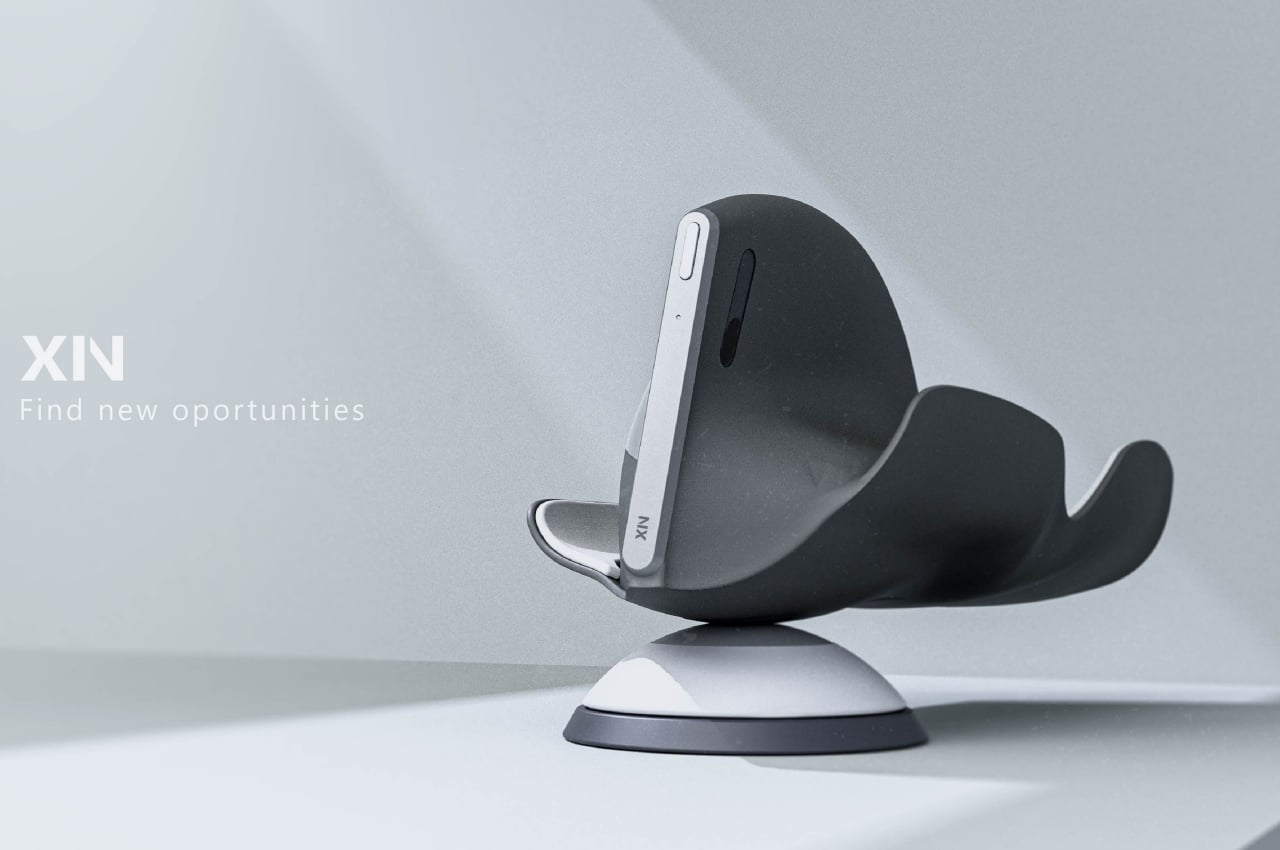
There is no shortage of ergonomic computer mice that claim to deliver the most painless experience, but this concept turns the solution on its head and transforms the mouse into something completely different.
With the advent and prevalence of laptops and their trackpads, computer mice have mostly been pushed to the background. There are, however, scenarios where the completely flat and smooth surfaces of these trackpads are not only impractical but almost unusable, like with games. Regardless of the reasons, computer mice haven’t completely vanished from the market, but neither have they evolved significantly. They are still an ever-present risk to our wrists, and designers have repeatedly gone back to the drawing board to concoct the most ergonomic mouse around. For one designer, the answer ironically turned out to be quite different from a mouse.
Designer: Jason Wang
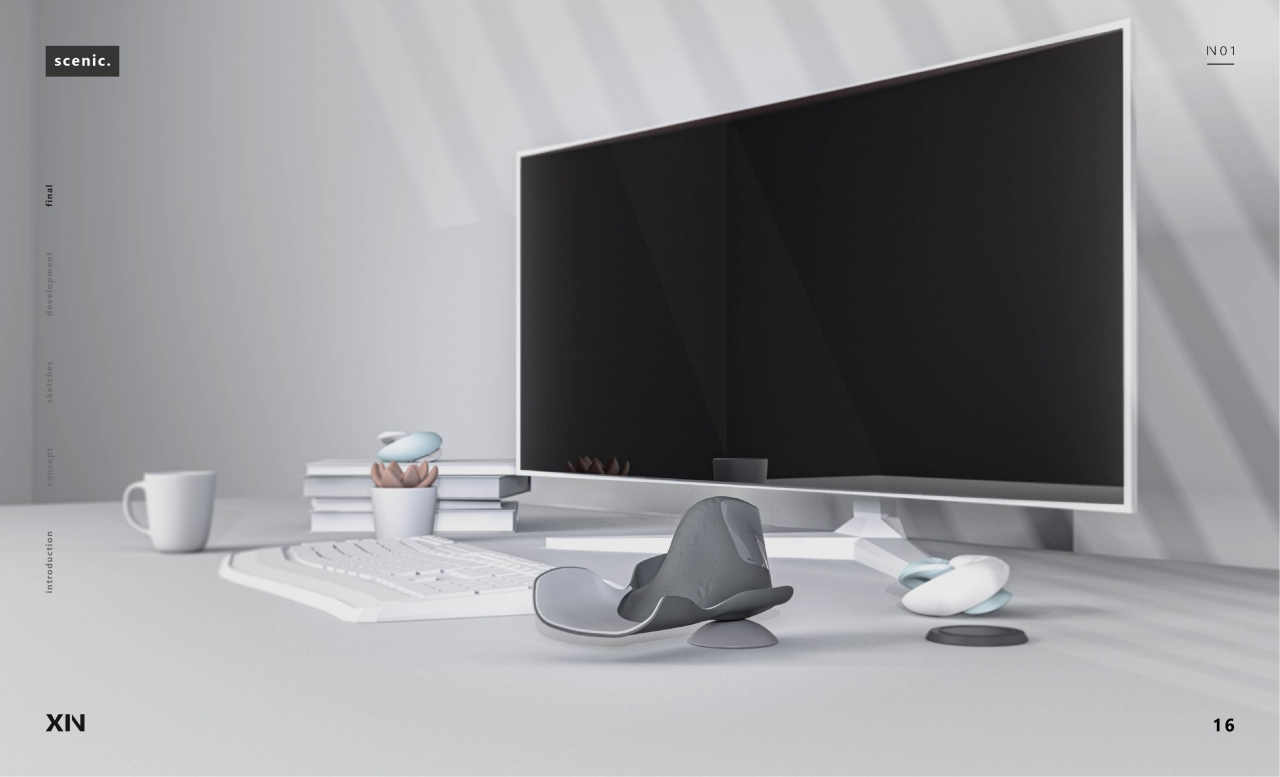
Although they have become the essential ways we interact with computers, the keyboard and the mouse are not the healthiest methods for our hands and wrists. Repetitive strain injury and carpal tunnel syndrome can be crippling for today’s generation whose lives and work depend on computers. There have been quite a few ergonomic mice designs available today, including the Lunar Artefacts Pointer Instrument that we reviewed recently, but there is plenty of room for improvement.
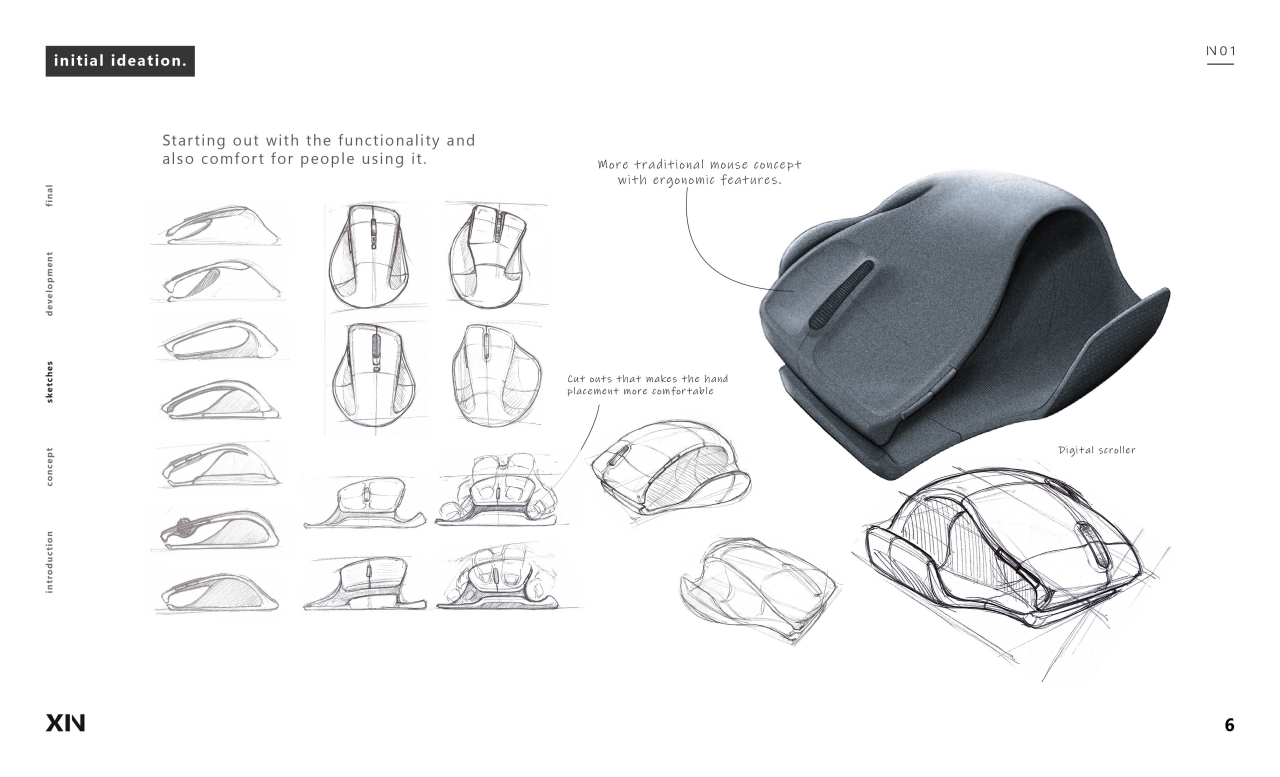
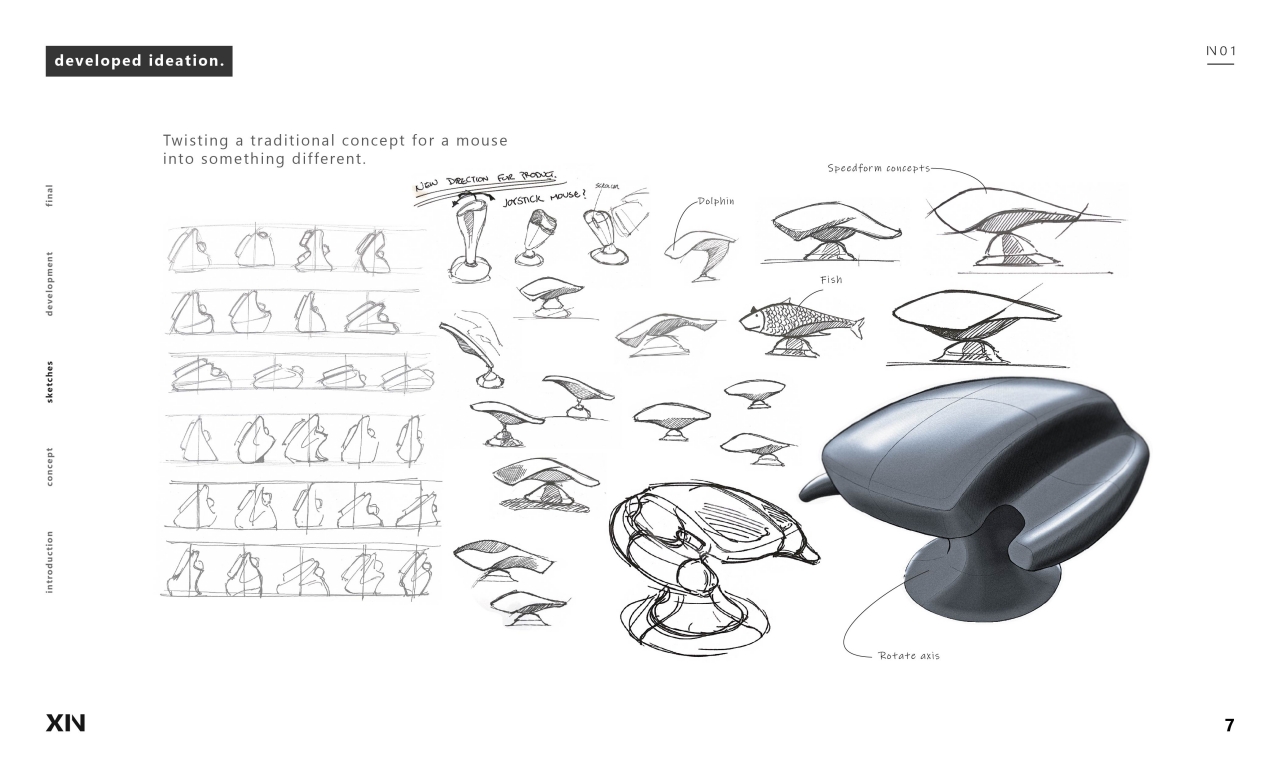
Designer Jason Wong went back to the drawing board to reimagine what an ergonomic mouse would look and feel like without being limited to the traditional concept of a mouse. He started out with something that looked a lot like many ergonomic mice, with cutouts and flaps for supporting the fingers. From there, however, things took on a rather strange turn that led to something that is both from the past and the future.
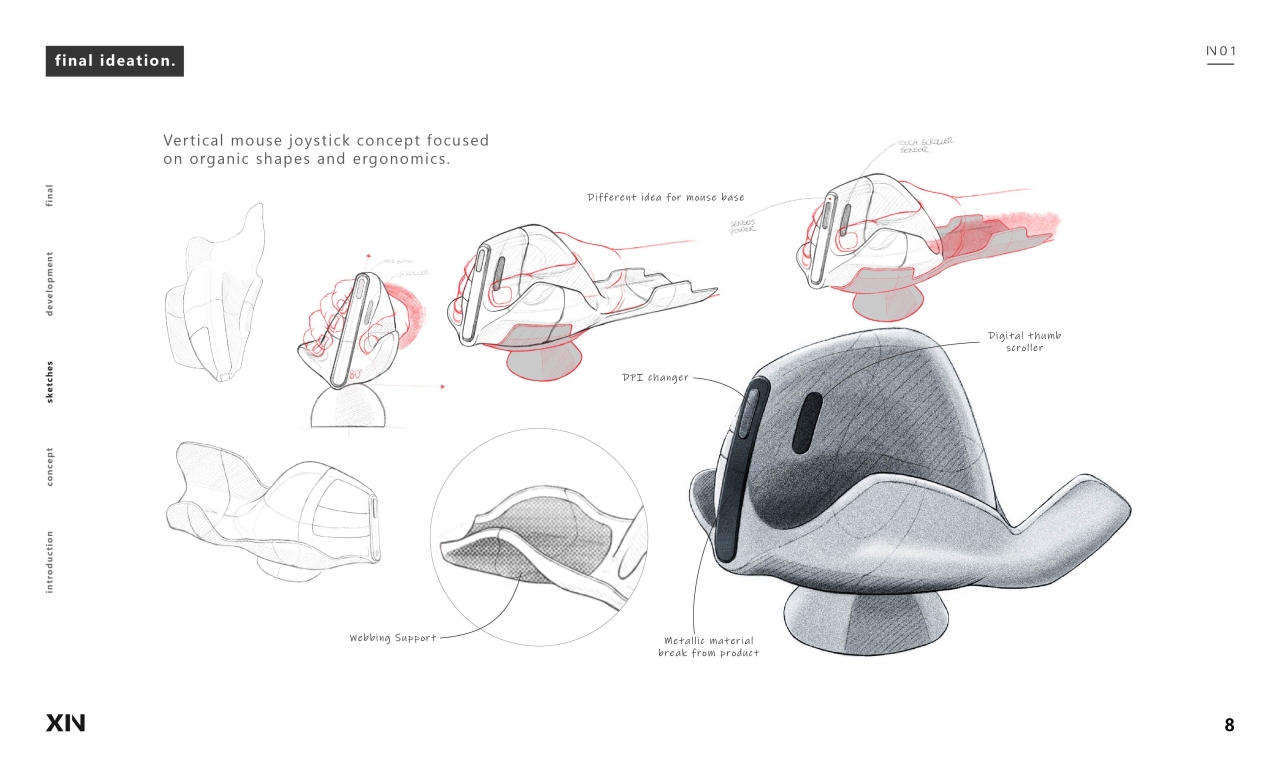
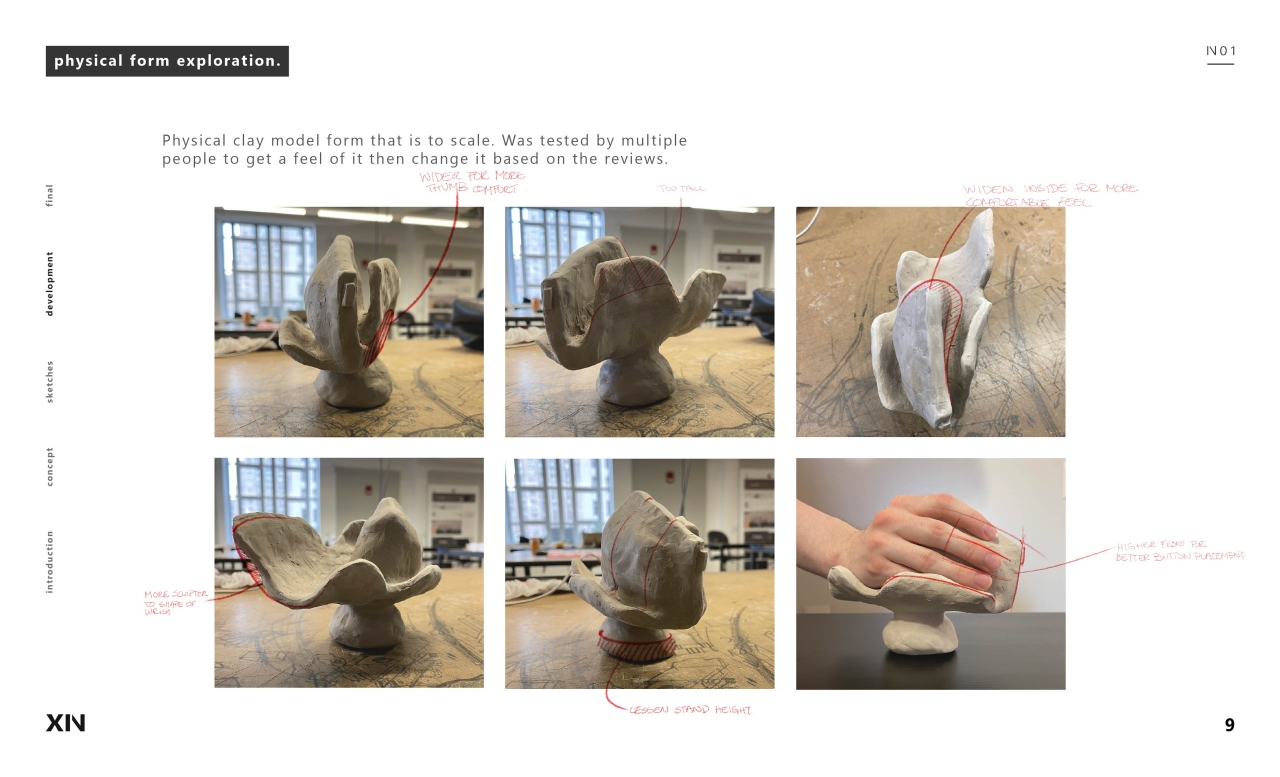
After testing out what looks like a mouse on a stand, Wong ended up with what he describes as a vertical mouse joystick design. Unlike a typical joystick, which predates the mouse, the person won’t need to keep a grip on the device and simply lay their hand on the supporting structure. There is even wrist support to help keep your arm from getting strained while in the position.
While the alien-like form gives the hand and wrist some structural support, the materials that Wang chose are meant to offer both comfort and visual identity. A fabric mesh covers the hand and wrist support surface for comfort, while rubber coating offers a better grip. There are shifts in material from metal to plastic to create a visual break, though that, unfortunately, does imply the use of some unsustainable materials.
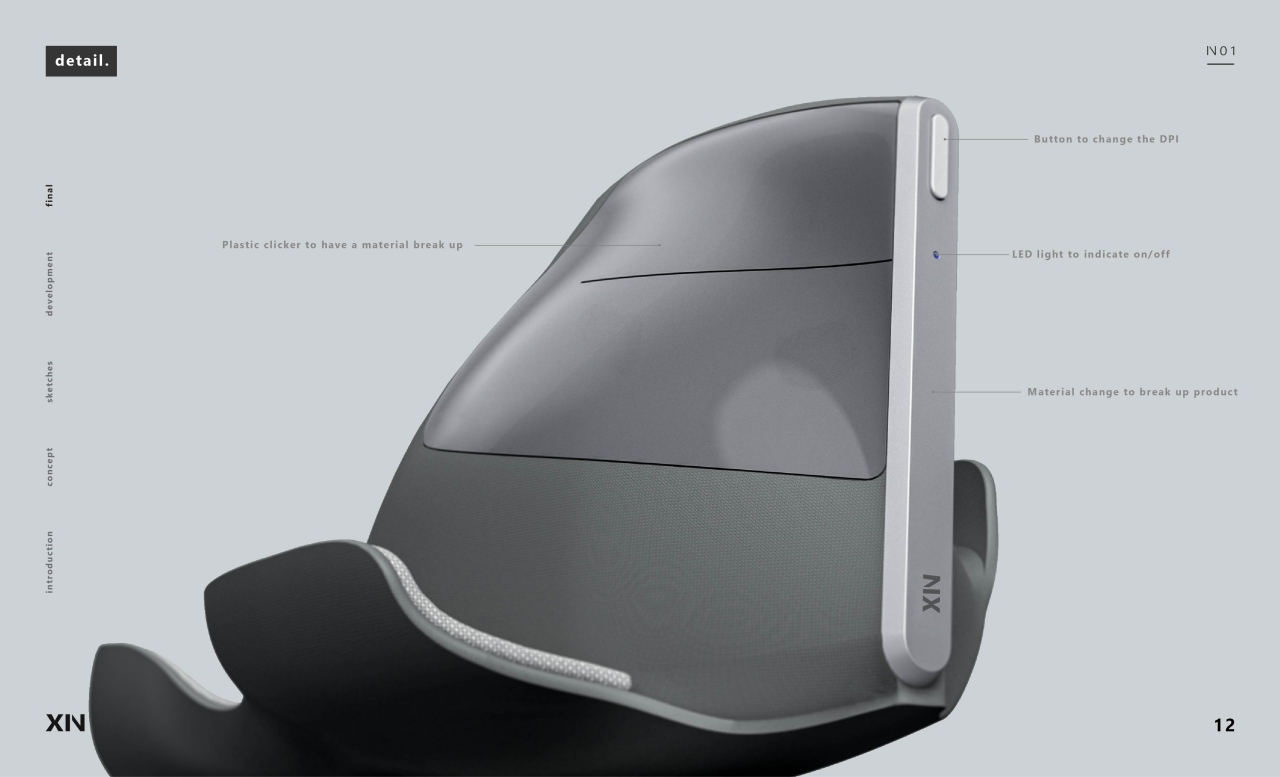
This concept, which the designer dubs the XIN N01, is truly unorthodox in its appearance and design. Its ergonomics try to use the natural vertical position of the hand to avoid straining the wrist, while the flowing lines of the structure provide not only points of visual interest but also ergonomic support for the hand. That said, it’s a concept that probably needs proper clinical testing to verify its ergonomic value, though, at this point, it can hardly be called a mouse anymore.
